calsfoundation@cals.org
Mount Vernon (Faulkner County)
| Latitude and Longitude: | 35°13’35″N 092°07’27″W |
| Elevation: | 433 feet |
| Area: | 1.01 square miles (2020 Census) |
| Population: | 144 (2020 Census) |
| Incorporation Date: | July 1, 1878 |
Historical Population as per the U.S. Census:
|
1810 |
1820 |
1830 |
1840 |
1850 |
1860 |
1870 |
1880 |
1890 |
1900 |
|
– |
– |
– |
– |
– |
– |
– |
161 |
– |
– |
|
1910 |
1920 |
1930 |
1940 |
1950 |
1960 |
1970 |
1980 |
1990 |
2000 |
|
– |
– |
– |
– |
– |
– |
– |
157 |
192 |
144 |
|
2010 |
2020 |
|
|
|
|
|
|
|
|
|
145 |
144 |
|
|
|
|
|
|
|
|
Mount Vernon is a town in northeastern Faulkner County, located on Highway 36. It is home to the high school of the Mount Vernon–Enola School District.
Even before the Civil War, several families had settled in northern Faulkner County. Breean Hawkins, Dick Fears, and Tom House were among the settlers in the area. A grist mill was built in 1851, and Fears opened a store next to his log cabin before 1860. When the war began, Fears closed his store and led a group of volunteers to join the Confederate army. Fears survived the war but died in an accident in 1865 while building a cotton gin. House, a cotton farmer, took over Fears’s store. Around the same time, a Baptist church was built near the store. The church building was also used as a Masonic lodge and a school. A branch of the Grange was established in the growing community in 1874, but it had moved to Enola (Faulkner County) by 1880. More houses and businesses were built in the 1870s, and a post office was opened in House’s store in 1877. The post office was briefly identified as Housville or Houseville, but before the end of the year, it was renamed Mount Vernon. The next year, the town incorporated with the name Mount Vernon. The U.S. census reported 161 residents in Mount Vernon in 1880; however, census numbers were not recorded for subsequent years until 1980.
A doctor, Justis Powers, set up practice in Mount Vernon before 1880 and also conducted a medical school with several students, including his son Tavner Powers, who took over his father’s business when Justis died. A one-room schoolhouse was built before the end of the century, which was replaced by a larger structure in 1903; a still larger school was built in 1918. A Methodist church was built in 1904. The town at this time was described as “a thriving prosperous community, with vigorous educational and religious institutions and a healthy business climate.”
The Depression brought hard times to residents of Mount Vernon, as it did everywhere else. Some stores survived the economic downturn. A new school building was provided by the Works Progress Administration (WPA) in 1937. When census numbers again were being recorded starting in 1980, the town was about the same size it had been a century earlier. In 1991, the school districts of Mount Vernon and Enola consolidated, with grades seven through twelve meeting in Mount Vernon and the earlier grades in Enola. The school district serves more than 500 students.
As of 2010, Mount Vernon had sixteen businesses, including the school district, the high school, the post office, and the city hall, as well as two churches (Baptist and Church of Christ), a landscaping company, a veterinarian, a trucking firm, an engineering lab, and a shooting resort. The population of Mount Vernon is 145, the majority of whom are white.
Arkansas Supreme Court chief justice Richard B. Adkisson was born in Mount Vernon.
For additional information:
Dalton, George Washington. “Early Days of Mount Vernon, Arkansas.” Faulkner Facts and Fiddlings 38 (Fall and Winter 1996): 40–43.
“Mt. Vernon.” Faulkner County Historical Society. http://faulknerhistory.org/communities/mt-vernon/ (accessed October 5, 2021).
Steven Teske
Butler Center for Arkansas Studies
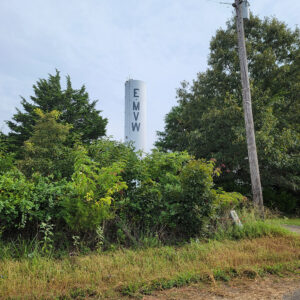 Enola/Mount Vernon Water Tower
Enola/Mount Vernon Water Tower  Faulkner County Map
Faulkner County Map  Mount Vernon Cemetery
Mount Vernon Cemetery  Mount Vernon Fire Department
Mount Vernon Fire Department 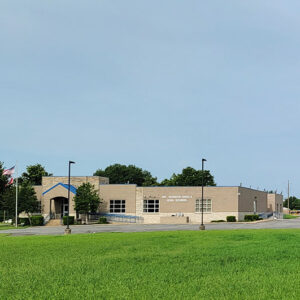 Mount Vernon High School
Mount Vernon High School 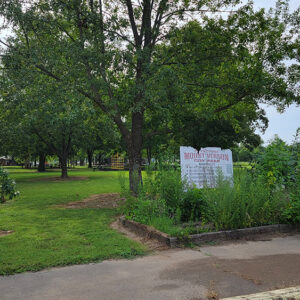 Mount Vernon Park
Mount Vernon Park 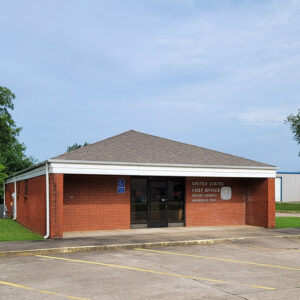 Mount Vernon Post Office
Mount Vernon Post Office 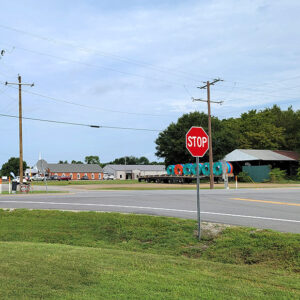 Mount Vernon Street Scene
Mount Vernon Street Scene 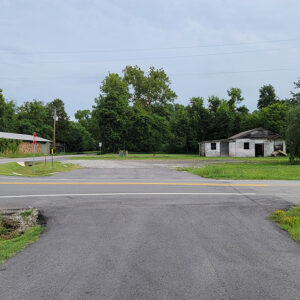 Mount Vernon Street Scene
Mount Vernon Street Scene 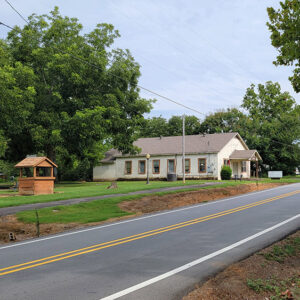 Mount Vernon Street Scene
Mount Vernon Street Scene 




Comments
No comments on this entry yet.